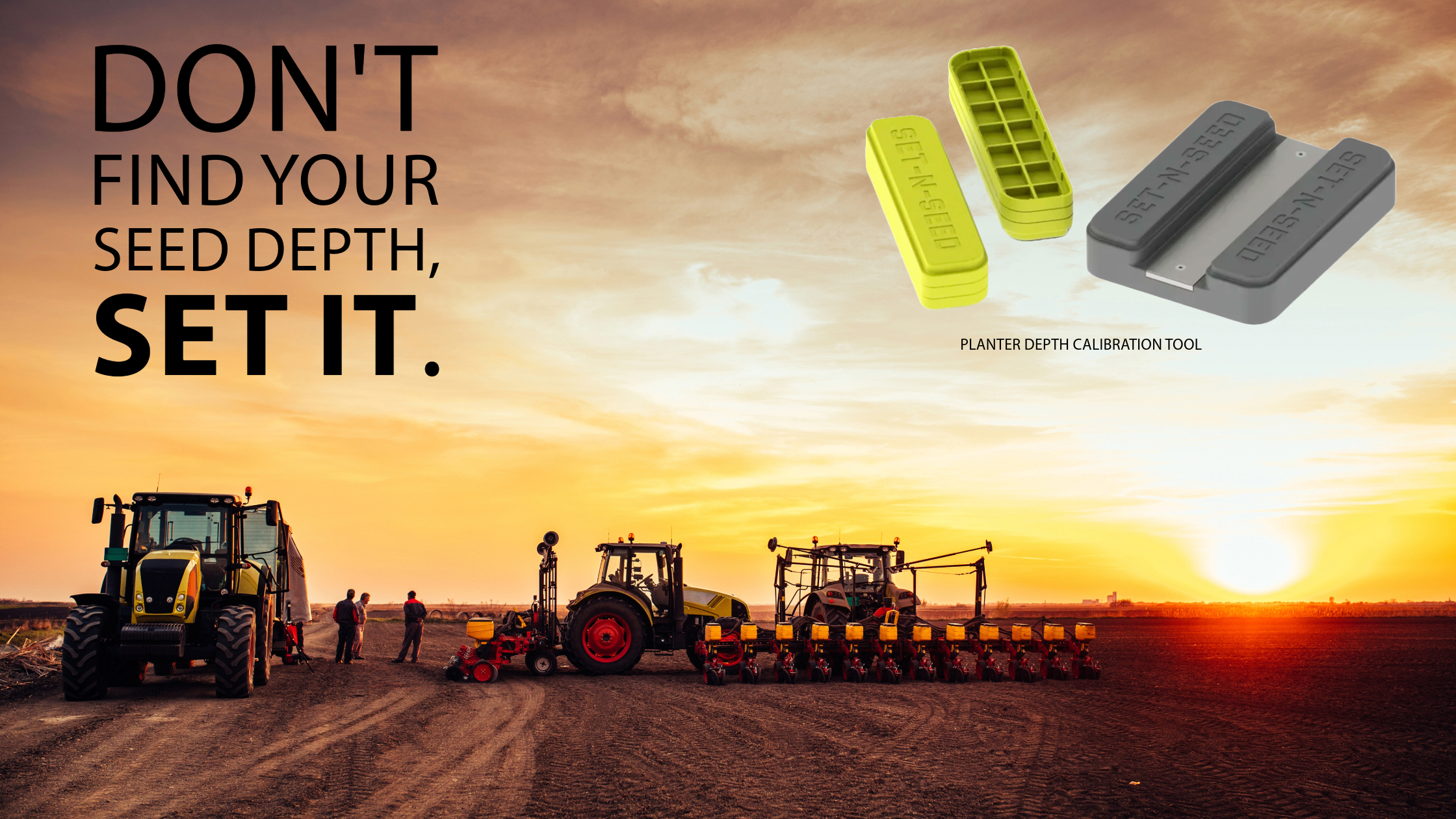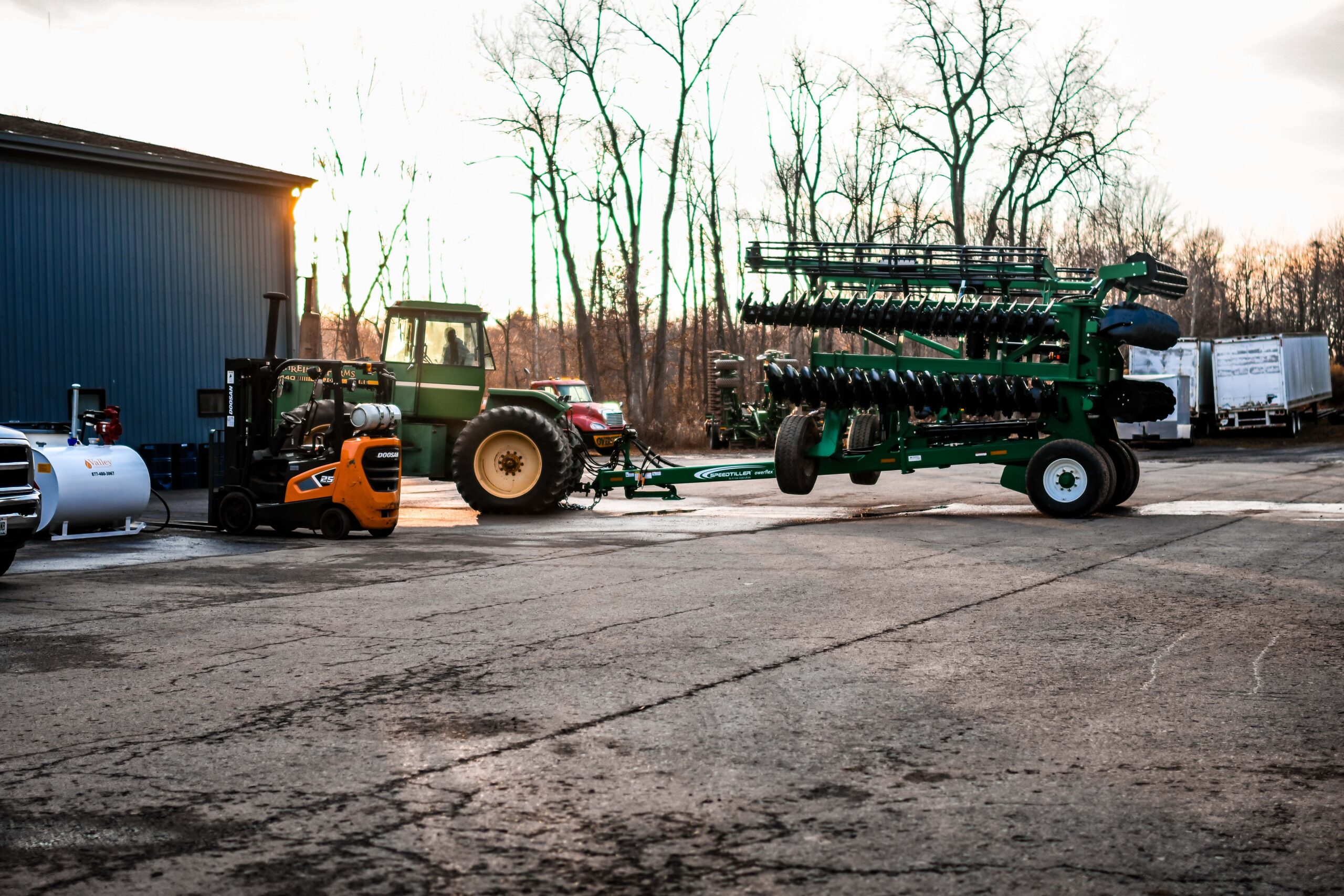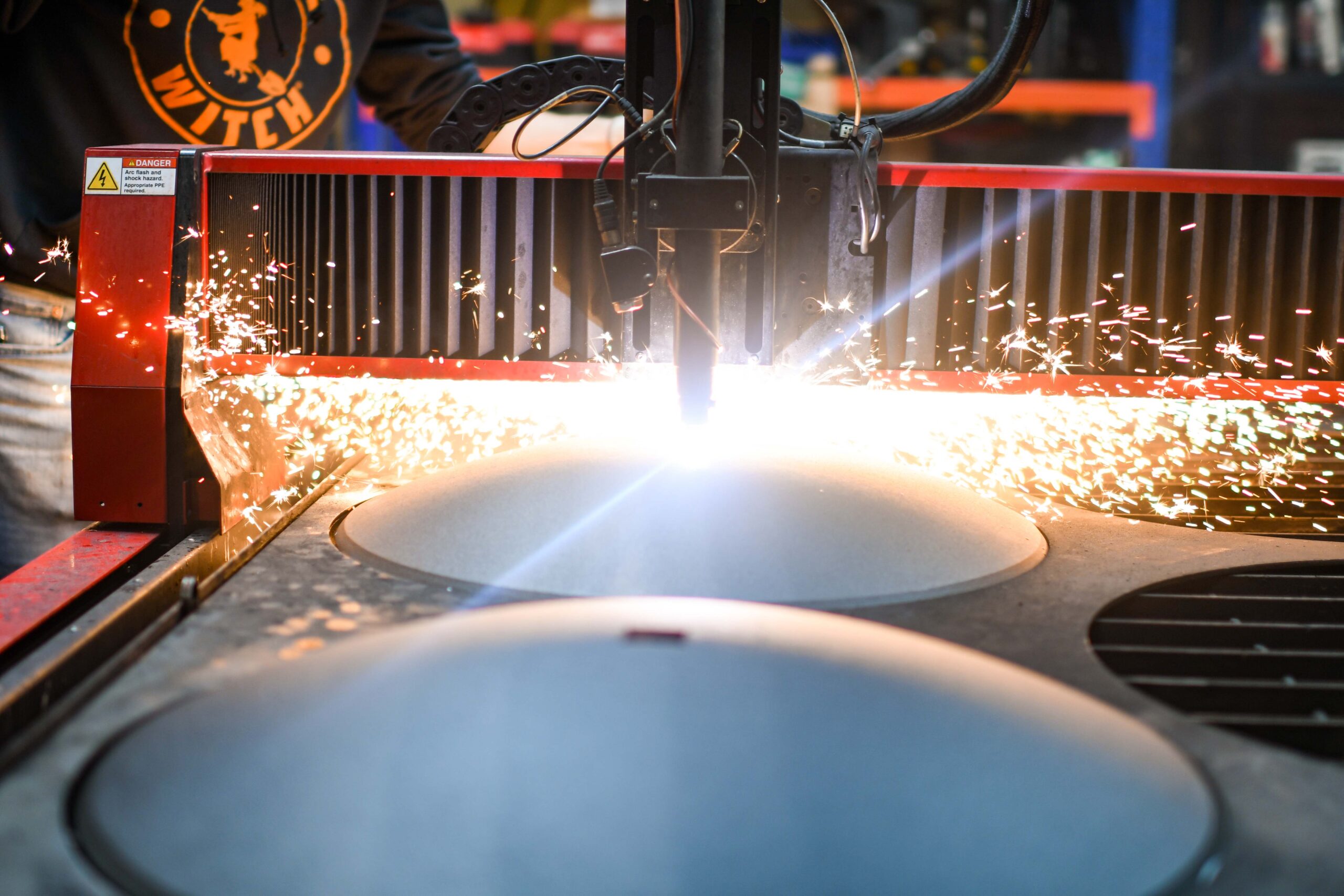
Your Complete Guide to Parallel Linkage Rebuild Kits
Parallel linkage rebuild kits are an effective way for planters to enhance their worn parallel arms. Because the future wear occurs on replaceable parts instead of your planter, parallel linkage arms deliver longer lifespans and a more efficient operating process. Continue reading to dig deeper into the intricacies of this equipment.
Traditional Problems With Parallel Arms
Parallel arms on planters have historically been an all-around poor design. Traditional parallel linkage manufacturers designed a bushing that would rub against the housing on your arms, with the idea that when they wear, planters would just replace the bushings.
They failed to realize that these bushings were often harder than the parallel arm housings, making your housing the new wear point.
In addition to poor wear design, parallel linkage parts are also prone to operating complications.
As you know all too well, one the most essential aspects of planter maintenance is how much overall slope is in the parallel arms on the row units. Consistent usage creates vibrations in your row unit running through the field. Eventually, this begins to work against the performance of your downforce, closing system, and row cleaners.
How To Check for Wear
As a general rule of thumb, it’s recommended to start rebuilding your arms once you notice at least 1/2″ of slope in your row unit.
To check the degree of slope:
- Try to rock it back and forth from the back of your row unit.
- Keep your eye out for any slope or play.
- If you find any, remove the parallel arm linkage.
Under the linkage, you’ll often notice that the bushing, nut, and parallel arm are worn. At this point, you need to replace the parallel arm, bushing, and nut that holds that all in place. Failing to maintain an even level of wear between these parts leads to costly damages to your planter.
The Advantages of Investing in Parallel Linkage Kits
Thanks to advancements in planting technology, new equipment that is highly resistant to wear on your parallel linkage arms is flooding the market.
By removing the stress placed on your parallel arms, the majority of your wear occurs on your kit’s replaceable parts.
These parts include a hardened flange bushing with a small built-in “dowel” that fits into arm holes, and a threaded hex bushing that fits into the flange bushing.
The installation process is pretty straightforward—you simply drill a small hole into the arm for the dowel and ream out the existing wear hole in the arm a little larger. This helps create a more precise fit for the bushings. Afterward, install a shoulder bolt to hold the two bushings together.
Once assembled, the dowel locks itself into the arm to keep the flange bushing from turning. These design improvements keep your bushings and arms tight, enabling the wear to take place on your bushings instead of the parallel arms.
Types of Parallel Linkage Replacements
When finding the right parallel linkage kits for your equipment, you have a few choices available:
Full-Ream Bushing Kits With Shouldered Bolts
• These kits help you ream your existing parallel arms, support plate, and row-unit holes to increase their longevity.
• However, this kit requires you to ream all parallel-arm, support plates, and row-unit holes.
Partial-Ream Bushing Kits With Ready-To-Install Parallel Arms
• These kits are parallel arms specifically pre-manufactured to accommodate the flange bushing.
• This is ideal for support plates and row-unit holes that show wear.
• Unlike full-ream bushing kits with shoulder bolts, partial-ream bushing kits only require you to ream the support plate and row-unit holes.
No-Ream Bushing Kits With Ready-To-Install Parallel Arms
• Similar to partial-ream bushing kits, these are also pre-manufactured to accommodate the flange bushing and work best with support plates and row-unit holes that show no signs of wear.
• However, unlike the first two, these kits require no reaming or drilling before use.
Your Checklist for Parallel Linkage Installation
To successfully replace your parallel arms, follow this complete checklist:
- Thoroughly read the specific instructions packaged with the kit before beginning to disassemble your old parallel linkage.
- Practice the appropriate safety measures by donning personal protective equipment. Then you can begin the disassembly of your row unit.
- Use a drill press with plenty of cutting fluid, and ream holes in your parallel arms to the size associated with the kit directions.
- Set up your template included in the kit on your parallel armholes, and drill 3/16” pilot holes where necessary.
- Drill additional pilot holes out to 25/64”, and run the drill bit perpendicular to the arm to ensure proper flange bushing pin fitment.
- Install flanged bushings into the arm with either a wooden block or mallet.
- If you’re working on row units and support plates, use a 11/16” bridge reamer to ream out the holes. As a helpful tip, keep in mind that a shorter reamer or right-angle chuck may be necessary for clearance.
- Once you’ve completed the previous steps, you can begin the assembly of arms with your row unit and the support plate. Remember that your hex bushing must sit tightly against the support plate and row unit. Consider using spacer washers to remove some slack between the flange bushing and hex bushing head, but be sure the washers are not drawn too tightly on your arm.
- Finally, torque to listed specifications and follow the specific final assembly instructions.
RangeLine Group: Your Trusted Provider for all your Planting Solutions
For growers looking to tighten up input costs, turn to RangeLine. For a decade, we’ve provided high quality planter replacement parts driven by results, efficiency, and cost effectiveness.
Ready to improve your growing operations? Reach out to our experts—we’re happy to help.








